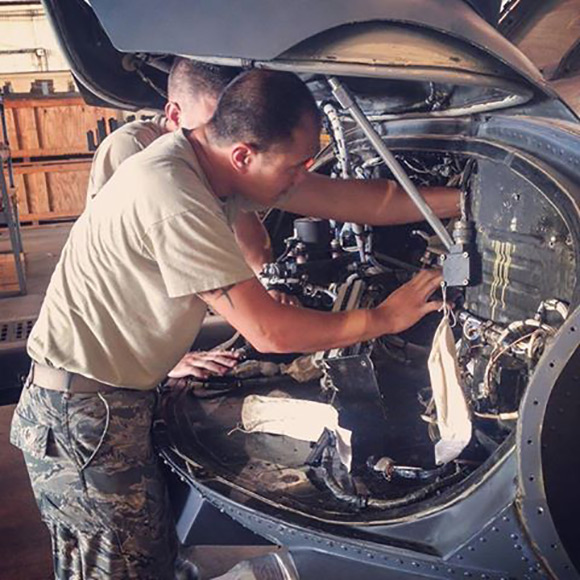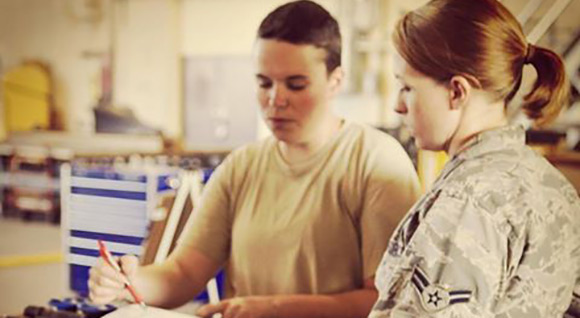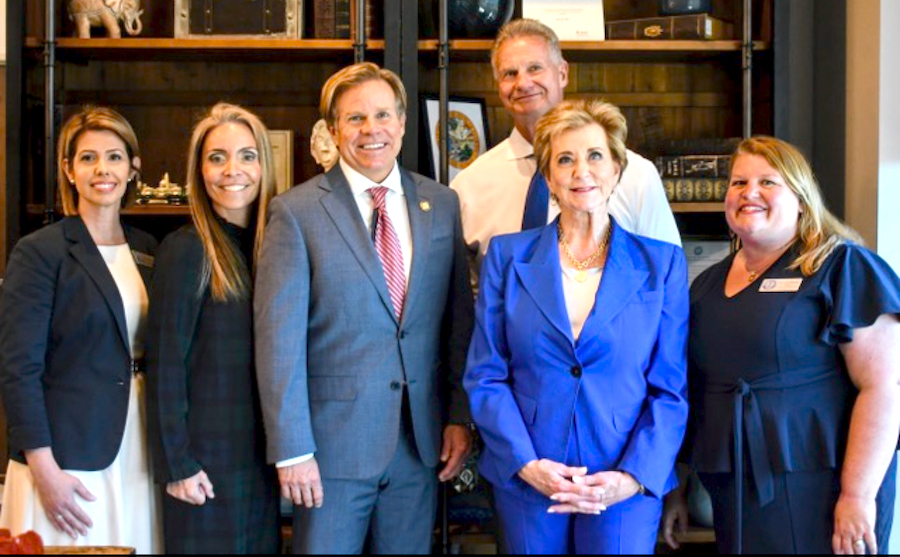PATRICK AFB: 920th Rescue Wing Maintenance Reservists ‘Rescue’ Aircraft
By Tech. Sgt. Abigail Klein, 920th Rescue Wing Public Affairs // September 2, 2015

BREVARD COUNTY • PATRICK AIR FORCE BASE, FLORIDA – While most of the 920th Rescue Wing’s mission is focused on rescue, including aiding the Coast Guard in the search for two 14-year-old boys reported missing July 25, the Reserve Airmen of the 920th Maintenance Group also play a special role on land–repairing and maintaining rescue aircraft.
Reservists assigned to the 920 MXG constantly work on HH-60G Pave Hawk helicopters to aid in both the unit’s combat rescue and humanitarian mission.
The maintainers’ work allows the rescue squadron and aircrews to focus on their mission.
Their work includes a routine overhaul of the rescue helicopters.
For every 600 flight hours, the Reserve maintainers are tasked with stripping down the helicopters that transport the unit’s pararescuemen.
The process is a hands-on training tool that is especially useful to the unit’s traditional reservists who usually only work with the aircraft two days a month during the unit training assembly.

Senior Airman Cody Collier, 920th maintenance avionics apprentice, was fairly new to the procedure, and says he has benefitted greatly from working with Reserve maintainers who have more than 20 years of experience.
“The biggest challenge is working in the tight spaces and making sure you don’t hurt yourself,” Collier said.
The “tight spaces,” Collier refers to, are usually in the nose of the helicopter. His supervisor, Tech. Sgt. Joey Taylor, 920th avionics specialist, ensures that Collier is not only able to read the technical orders, but also that he is able to perform the actions required to repair the helo.
This can be challenging especially when you consider that the maintainers are required to be proficient in not only maintaining and repairing the HH-60G’s, but also the unit’s HC-130P/N King airplane. Alternating between the two aircraft is routine for the Reservists of this unit.
“Fixing the radios on the helicopter versus fixing the radios on an HC-130, it’s like driving two different cars,” said Taylor.
“They are both cars, but this is the Acura and this is the BMW.”
Despite the vast differences in the fixed-wing versus helicopter maintenance, the Reservists working on the aircrafts are the best at what they do – keeping an aging fleet airborne.
The 920th RQW is the only combat-search-and-rescue, commonly known as CSAR, wing within Air Force Reserve Command.
The motto, “These things we do, that others may live,” is indicative of their commitment to the rescue mission.
To learn more about the 920th RQW, go to their website and follow them on Facebook, Instagram, Twitter and Flickr.













